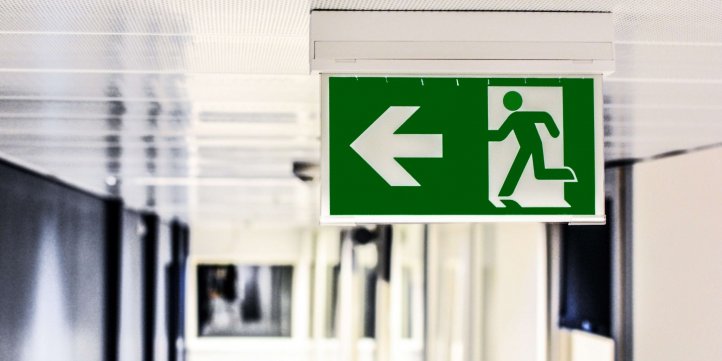What is Safety Incident Reporting?

Transparency and collaboration are two of the biggest business trends right now. But what many don’t realise is that the benefits of these two processes extend far beyond the core business; they’re also essential aspects when it comes to health and safety.
Introducing Safety Incident Reporting
Safety incident reporting is a health and safety process that is driven by transparency and collaboration. It’s rooted in the idea of giving individual workers the knowledge and power to work together to determine safety risks within the workplace, identify incidents, and act transparently in the reporting of these incidents to the organisation.
By bestowing such power on employees, businesses can help to encourage good health and safety habits throughout the organisation, boost awareness of risk, and ensure that employees understand the importance of looking out for each other.
Why is Safety Incident Reporting Important?
Health and safety is an industry based on theory. And that’s a good thing. It means that while a business may take measures to understand the impact of an event, it is rare that they will have to put this understanding into practice. But that’s also the downside of it.
As major incidents are uncommon, many businesses will never have an opportunity to learn how they will cope in these situations, and what they could do to improve. And that’s exactly what safety incident reporting is for. By being consistent in the reporting and assessing of minor workplace incidents, businesses can effectively learn from their actions, and adapt processes and responses to generate the most efficient recovery.
Implementing Policy
Unfortunately, implementing a solid safety incident reporting policy isn’t always as easy as it may seem. Adoption of this technique is remarkably low amongst workers, and there are a number of reasons why. Employees may feel concerned about the ramifications of reporting an incident, particularly if the event was deemed to be the result of human error. Workers may also feel uneasy about reporting on the actions of others, or they may use their experience to downplay the severity of an incident.
To successfully implement such a policy, organisations should be transparent about the cause of workplace incidents. Accidents and injury are rarely the result of the individual. Instead, they are more likely to be the result of a company’s failure to properly train their staff. There needs to be a mindset that safety incident reporting isn’t about placing blame; it’s about understanding where weaknesses lie in existing health and safety processes, and about taking appropriate measures to create a strong, effective health and safety policy and facilitate a happy working environment for all employees.





